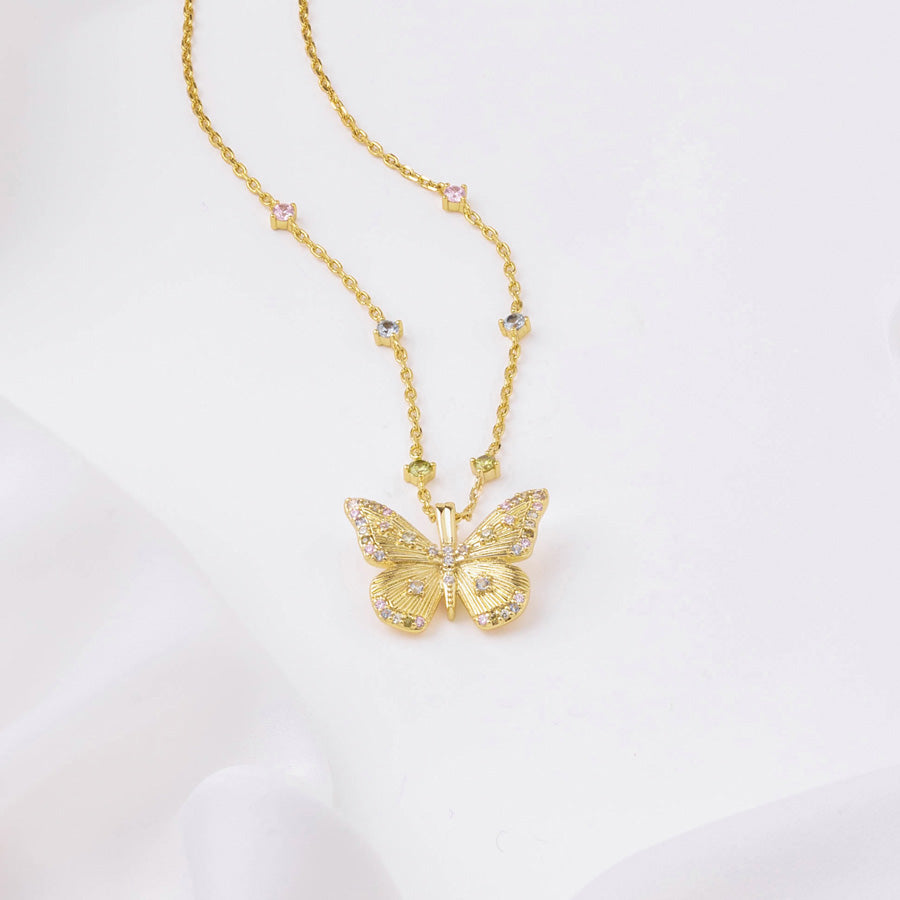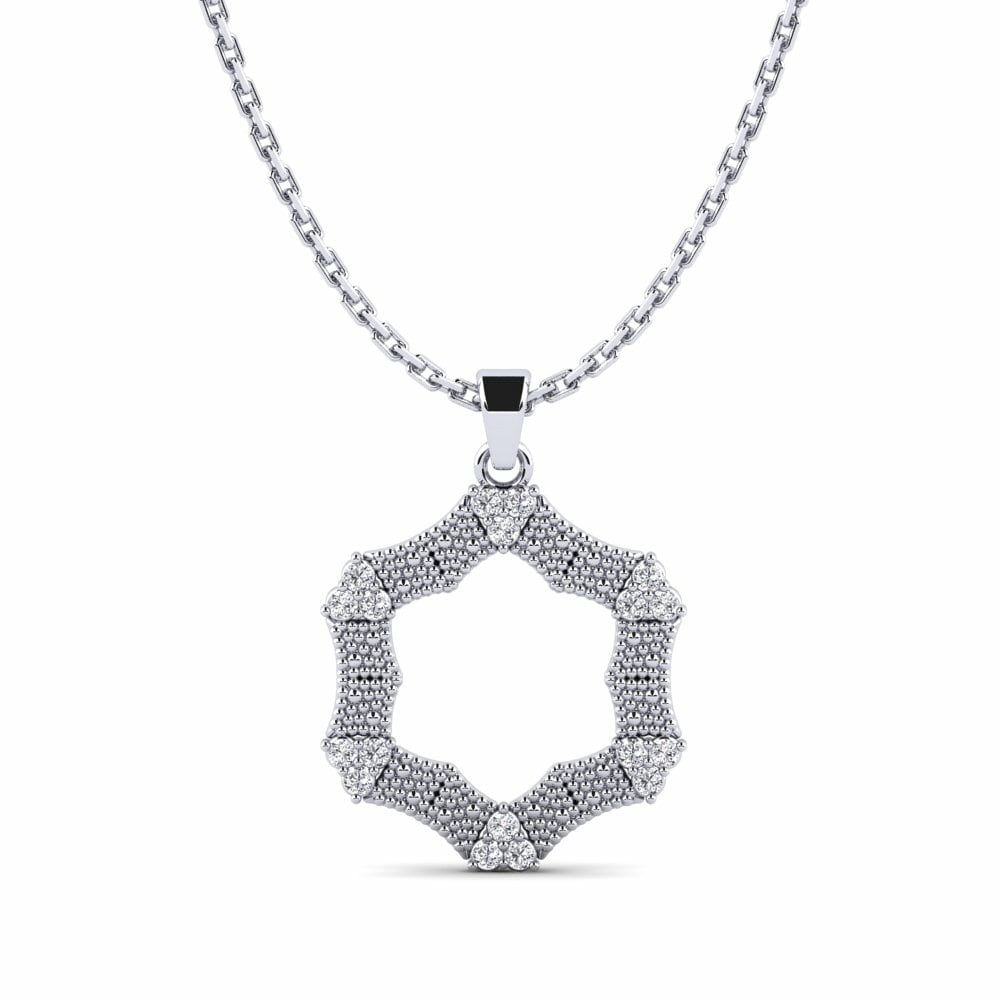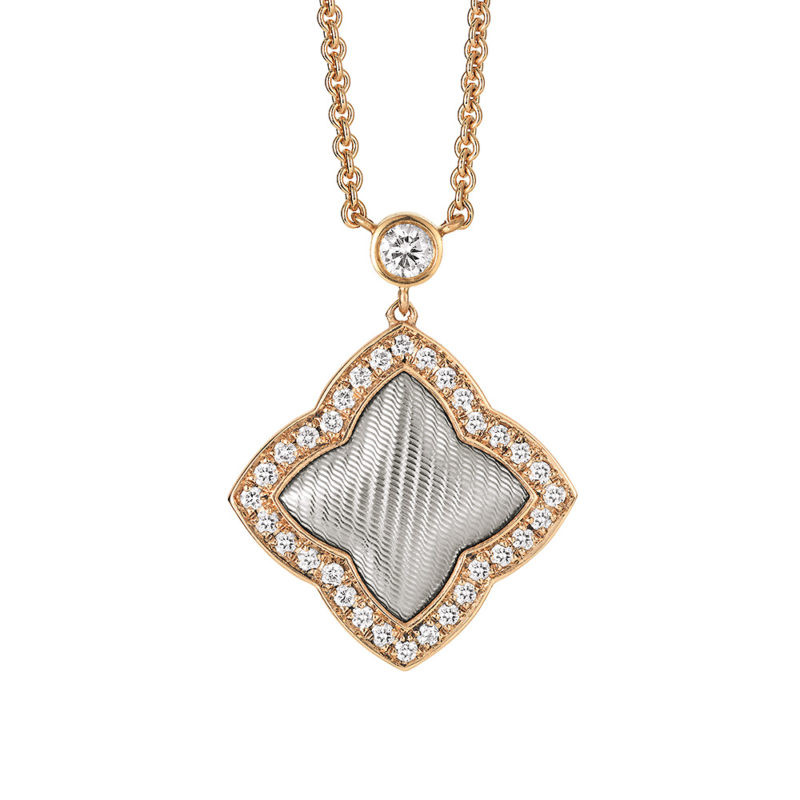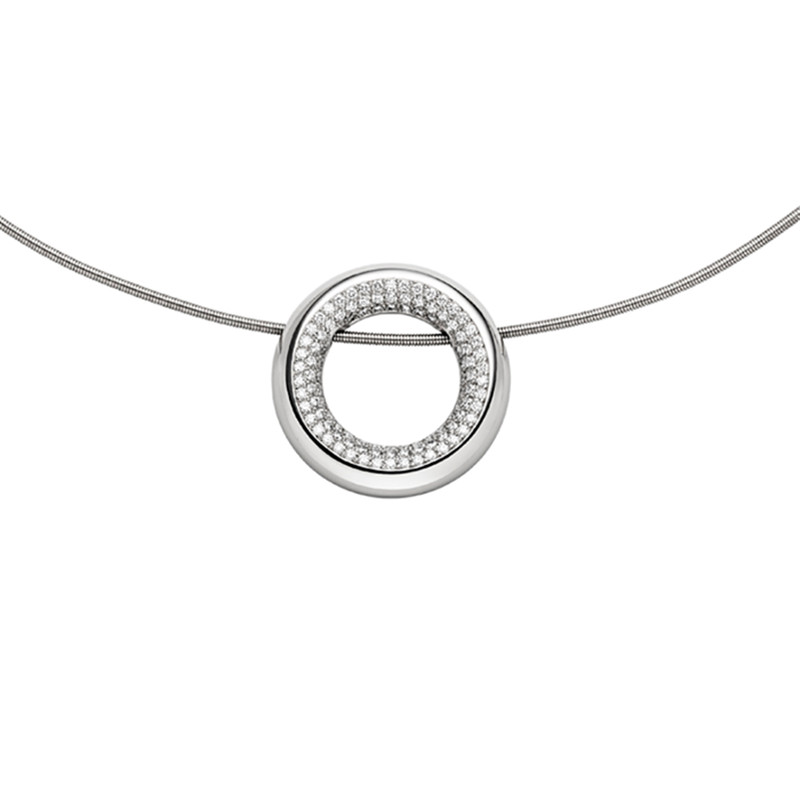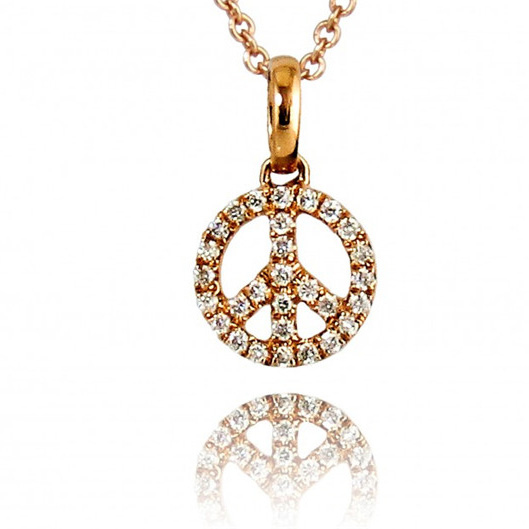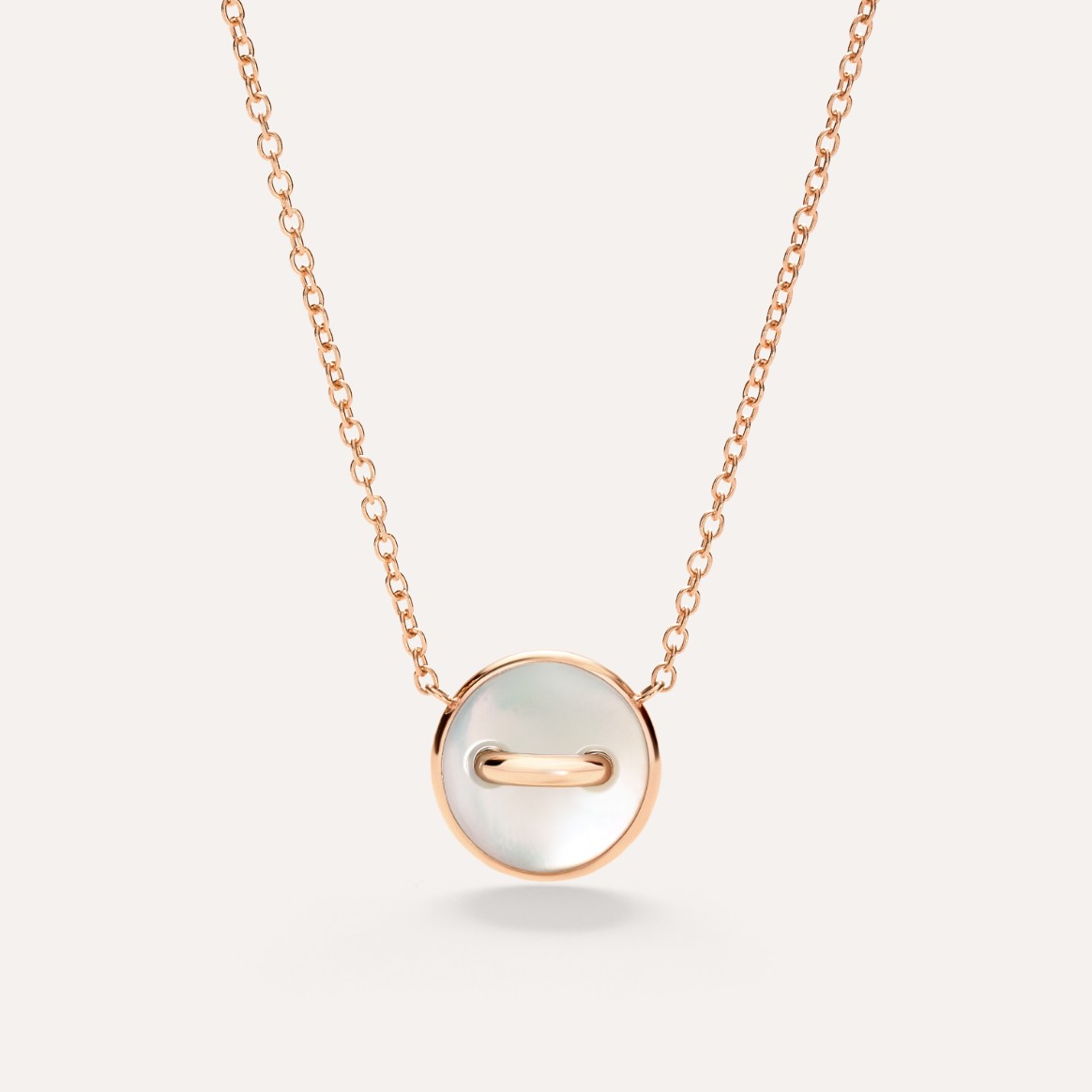Butterfly Pendant Necklace OEM Jewellery Manufacturing Process
OEM/ODM jewelry manufacturer design custom your own jewelry
LET’S GET STARTED : mo@kingjy.com
Butterfly Pendant Necklace OEM Jewellery Manufacturing Process
Introduction
The butterfly pendant necklace is a timeless and elegant piece of jewelry that symbolizes transformation, beauty, and freedom. As a popular choice among consumers, it is frequently produced through Original Equipment Manufacturing (OEM) processes, where manufacturers create customized designs for brands and retailers.
This article provides a comprehensive guide to the OEM jewellery manufacturing process of a butterfly pendant necklace, covering every stage from design conception to final packaging. By understanding these steps, businesses can ensure high-quality production while maintaining efficiency and cost-effectiveness.
1. Design and Conceptualization
The first step in OEM jewellery manufacturing is design development. This phase involves:
1.1 Client Consultation
- The manufacturer discusses the client’s vision, including:
- Preferred materials (sterling silver, gold, rose gold, etc.)
- Gemstone preferences (diamonds, cubic zirconia, colored stones)
- Design style (minimalist, vintage, modern, etc.)
- Budget and order quantity
1.2 CAD (Computer-Aided Design) Modeling
- A digital 3D model is created using CAD software.
- The design is refined based on client feedback.
- Prototypes may be 3D-printed in wax or resin for approval.
1.3 Mold Making
- Once approved, a master mold is created for mass production.
- Common mold-making methods include:
- Rubber molding (for wax models in lost-wax casting)
- Steel molds (for die-casting metal components)
2. Material Selection
The choice of materials impacts durability, aesthetics, and cost. Common materials for butterfly pendant necklaces include:
2.1 Metals
- Sterling Silver (925 Silver) – Affordable, tarnish-resistant, and hypoallergenic.
- Gold (10K, 14K, 18K, 24K) – Luxurious but more expensive.
- Rose Gold – A copper-gold alloy with a pinkish hue.
- Platinum – Durable and hypoallergenic, ideal for high-end pieces.
- Stainless Steel & Titanium – Budget-friendly and corrosion-resistant.
2.2 Gemstones & Embellishments
- Diamonds – For premium luxury designs.
- Cubic Zirconia (CZ) – A cost-effective diamond alternative.
- Synthetic Gemstones (Lab-grown rubies, sapphires, etc.) – Ethical and affordable.
- Enamel Coating – Adds vibrant colors to the butterfly wings.
3. Manufacturing Techniques
Different production methods are used based on design complexity and order volume.
3.1 Lost-Wax Casting (Investment Casting)
- A wax model is encased in plaster and melted away, leaving a cavity for molten metal.
- Ideal for intricate butterfly designs with fine details.
3.2 Die-Casting
- Molten metal is injected into a steel mold under high pressure.
- Best for high-volume production with consistent quality.
3.3 Laser Cutting & CNC Machining
- Used for precise metal cutting in geometric or symmetrical butterfly designs.
- Ensures uniformity in mass production.
3.4 Handcrafting (For Artisan Pieces)
- Skilled jewelers manually shape and engrave the pendant.
- Common in limited-edition or high-end collections.
4. Stone Setting & Embellishment
If the butterfly pendant includes gemstones, they are carefully set using techniques like:
4.1 Prong Setting
- Small metal claws hold gemstones securely.
- Enhances sparkle by allowing maximum light exposure.
4.2 Bezel Setting
- A metal rim surrounds the stone for a sleek, modern look.
- Provides extra security for delicate stones.
4.3 Pavé Setting
- Tiny stones are set closely together for a “paved” effect.
- Often used on butterfly wings for added brilliance.
4.4 Enamel Work
- Colored enamel is applied and fired for a glossy finish.
- Adds vibrant hues to the butterfly design.
5. Polishing & Finishing
After casting and stone setting, the pendant undergoes:
5.1 Tumbling
- The piece is placed in a vibrating tumbler with polishing media to smooth rough edges.
5.2 Hand Polishing
- A jeweler uses polishing wheels and compounds to achieve a mirror-like shine.
5.3 Rhodium Plating (Optional)
- A thin rhodium layer is applied to silver or white gold for extra shine and tarnish resistance.
5.4 Oxidation (For Antique Effects)
- A dark patina is applied to highlight engraved details.
6. Quality Control & Inspection
Before packaging, each pendant undergoes strict quality checks:
- Dimensional Accuracy – Ensures consistency with the CAD model.
- Stone Security – Verifies that gemstones are firmly set.
- Surface Finish – Checks for scratches, pits, or uneven polishing.
- Metal Purity – Hallmarks (e.g., “925″ for sterling silver) are stamped.
7. Chain Selection & Assembly
The pendant is paired with a chain based on client preferences:
- Cable Chain – Simple and durable.
- Figaro Chain – A stylish, patterned design.
- Box Chain – Sleek and modern.
- Rolo Chain – Classic and versatile.
The necklace is assembled with a secure clasp (lobster, spring ring, or magnetic).
8. Packaging & Branding
The final step involves customized packaging, which may include:
- Velvet Jewelry Boxes – For a premium unboxing experience.
- Eco-Friendly Pouches – For sustainable brands.
- Branded Tags & Certificates – Authenticity cards and care instructions.
Conclusion
The OEM manufacturing process for a butterfly pendant necklace involves meticulous design, material selection, casting, stone setting, polishing, and quality control. By partnering with an experienced OEM jewellery manufacturer, brands can ensure high-quality, customizable pieces that meet market demands.
Whether for fashion jewelry or luxury collections, understanding this process helps businesses make informed decisions and deliver stunning butterfly pendant necklaces to their customers.
